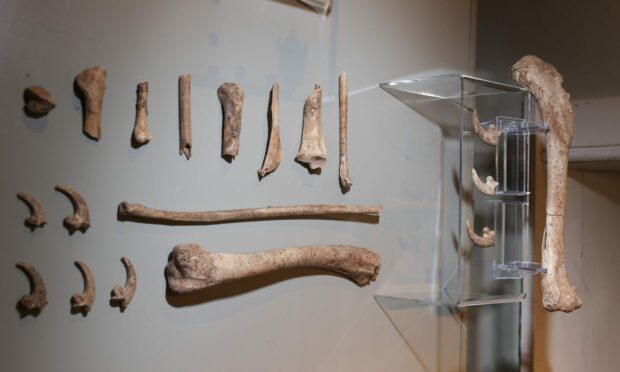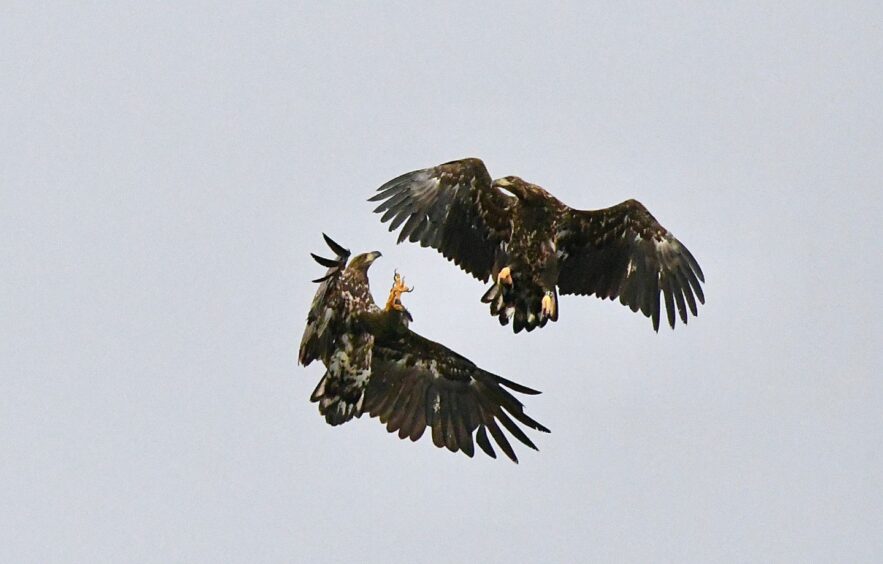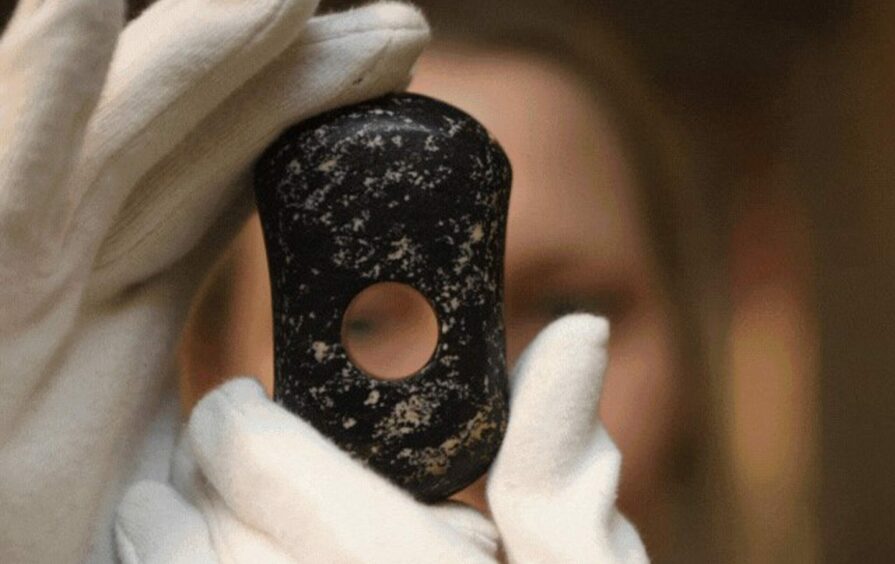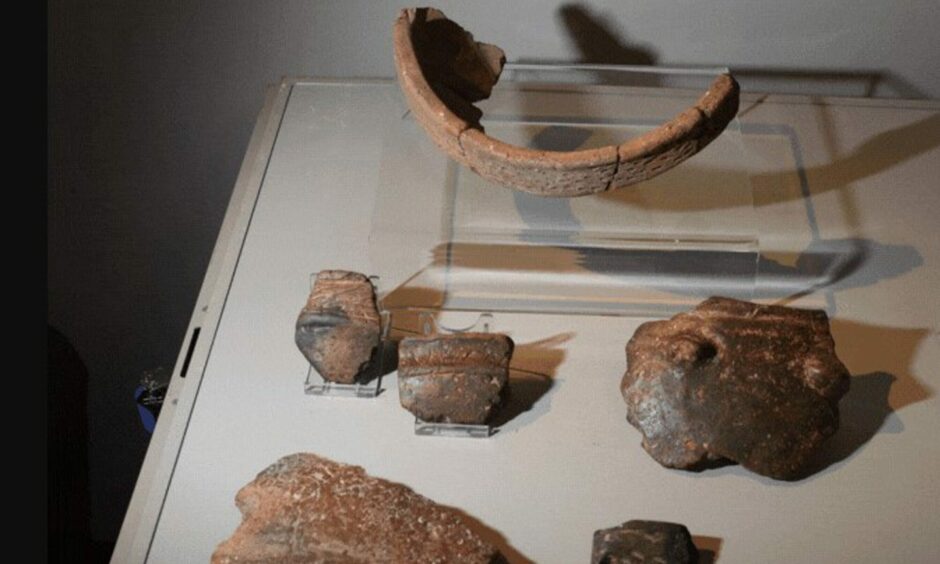Several artefacts from the historic Tomb of the Eagles have gone on display in Orkney following the site’s closure.
The tomb is located on a cliff edge at Isbister on South Ronaldsay and is about 5,000 years old.
It was discovered, by chance, in 1958 by farmer Ronnie Simison and contains bones from humans and sea eagles, hence the name.
Items, including the bones of sea eagles, stones, pottery and a macehead, are now displayed at the Orkney Museum in Kirkwall as the tomb remains closed after being shut during the pandemic.
The tomb and the nearby visitor centre were run by Mr Simison’s daughters, Kathleen MacLeod and Freda Norquay.
Unfortunately, they were forced to close the site citing the pandemic’s financial impact as one of the main reasons.
Visitors from around the world
Discussions have been ongoing for years to find a suitable home for the many objects that have been discovered at the site.
The site was an important stop on the Neolithic Orkney trail, which attracts visitors from across the globe.
Artefacts are now on display for visitors to see and take in the historical significance of the Tomb of the Eagles, even though they cannot visit the tomb itself.
The chamber is a burial site for more than 300 people thousands of years ago.
Nick Hewitt, team manager for Orkney Council’s museums service, said: “Our experienced curatorial team are very aware of the importance of this site and its story to both the people of South Ronaldsay and visitors to Orkney.
“We’ve been working hard to make sure that elements of the collection are available to the public again.
“Over the longer term, we’ll continue working with the Simison family and other key stakeholders to try and identify a sustainable future for this much-loved site.”
“Meanwhile, we want to express huge gratitude to the Simison family for their support and encouragement in building on the collection of Neolithic artefacts held by the museum on behalf of the Orkney community – and indeed enthusiasts worldwide.”




Conversation